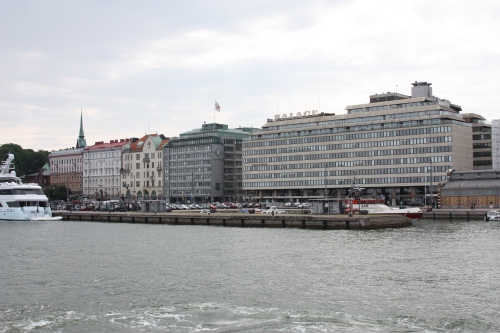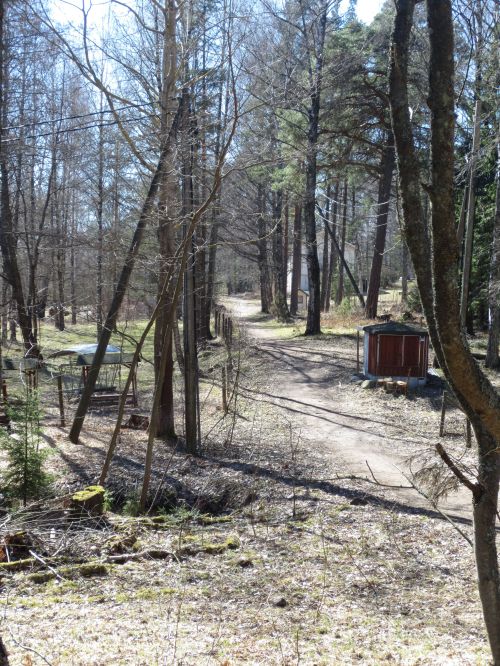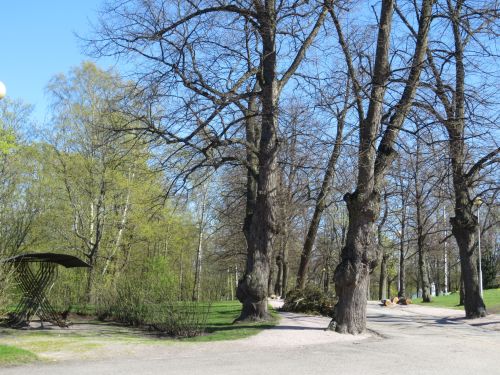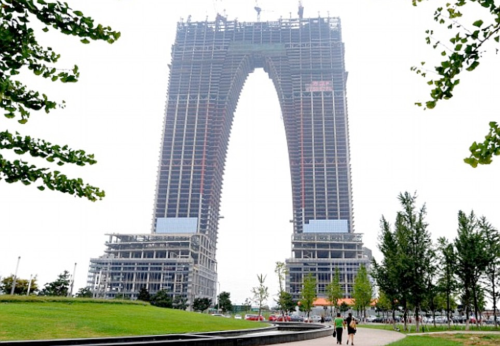 After seven months of silence, JHJ could not stay away after the news that the Helsinki City Board narrowly voted to give its support to the Guggenheim Helsinki project (budget) in its meeting last night.
After seven months of silence, JHJ could not stay away after the news that the Helsinki City Board narrowly voted to give its support to the Guggenheim Helsinki project (budget) in its meeting last night.
The feeling of devastation is widespread. Campaigns to stop the madness before the council votes to ratify this on Weds 30.11., both online and in the squares, are being organised.
So we feel it may be worth giving English-speaking readers some idea of the kind of rhetoric with which the Guggenheim is being squeezed through. (Along with other examples of 21st-century, post-truth-style, greenwashed and tourism-focussed urban planning in our once fine city, but let’s not upset ourselves too much in one sitting!)
Here is Board member Laura Kolbe (centre party), now somewhat vilified as the undecided vote that sealed our fate (though the Council still has a say), quoted in the online publication Uusi Suomi:
This set up really doesn’t arouse the passions in me, except that I want to give unconditional support to efforts to freshen up the sleepy cultural sector of the capital.… A future historian of ideas could get a doctoral dissertation out of all this…: anti-Americanism, horror of capitalism, class envy, the national romantic nostalgia of the baby boomers, conservatism in the arts and in culture, and much more. [translation JHJ]
Well, there you have it, and Kolbe is a respected historian and writer.
Nobody, consensus politics notwithstanding, has the single, correct diagnosis of our problems and the conflicts they create. The problem is that conflicts are currently being created as if on a conveyor belt of cheap urban construction fashions imported from abroad. They add to an already fraught political field. And the trouble is not just populism. Sometimes it feels as if the whole party-political system (representative? democracy?) is defunct as well as out of touch.
Broad outlines of right versus left wing ideological preferences remain, but recent urban planning decisions have caused several internal party splits, not to mention shocked reactions from experts of cultural and natural environments whose job it has traditionally been to “represent” mute constituencies. The decision to “densify” the city by “developing” (see below and our previous post…) the practically paradise island Vartiosaari, was the latest of many rude shocks for activists (many of them reluctant activists) who have long campaigned (as they continue to do) for a less violent form of urbanization in Helsinki.
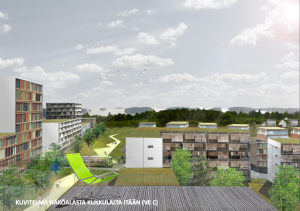
There has been a loss of authority and above all trust in the city administration. A shame, since administration helped, for decades, even centuries, to produce this wonderful city that so many of us are now defending. Helsinki residents now need to go and stand out in the cold at regular intervals outside City Hall. Here we protest with our bodies when reasoned argument runs out of steam.
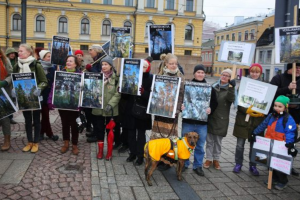
First residents became angry at losing green space – needed for housing, apparently. Where it’s close to waterfront, as much of the areas to be developed are, it’s much more obviously needed for “good tax payers” or possibly for construction companies’ profits. A similar odour attaches to the Guggenheim. Even Helsinkians, rarely quick to jump onto class-based political bandwagons, are worried about the quite specific commercially driven yet elite-appeal surrounding the G project.
The tragedy may not just be the hideous building. Guggenheim’s persistent wooing of Finnish elites is having an impact on Helsinki’s cultural and political life. Admittedly now it’s generating more than polite silence or ineffectual grumbling. The following excerpts come from a local newspaper, Helsingin Uutiset. Here [again in JHJ’s translation] Leena Marja Rossi, who ran the Finnish Cultural Institute in New York until her recent return to Helsinki, offers her perspective. She is responding directly to Kolbe’s diagnosis:
This is definitely not a sleepy town, anything but… I’m irritated by the way that people in so many quarters have fallen for the arguments offered by the Guggenheim’s promoters. The Guggenheim certainly is no Messiah…
The article goes on to discuss what many others have also noted, that Helsinki has several art institutions already, which are however, having to operate under rather straightened not to say austerity driven circumstances, yet many are still punching above their weight. The financial calculations presented to justify any support for the Guggenheim from tax payers, do not persuade Rossi (either).
The article ends on a note that JHJ can wholeheartedly endorse:
Finnish culture is both international and local. And it’s that local character that many tourists coming here is looking for.
And by the way, she adds that having observed the Guggenheim’s operations over the years in New York City, she wouldn’t say they’ve done anything to write home about [rough gloss by JHJ].
P.S. and then there are these wise words from somebody who really looked into the stuff and managed to write it up sensibly, not as a rant, but as a robust and well researched and many sided argument in favour of rejecting the Guggenheim foundations overtures. The blog of Pedro Aibéo. Thank you!



